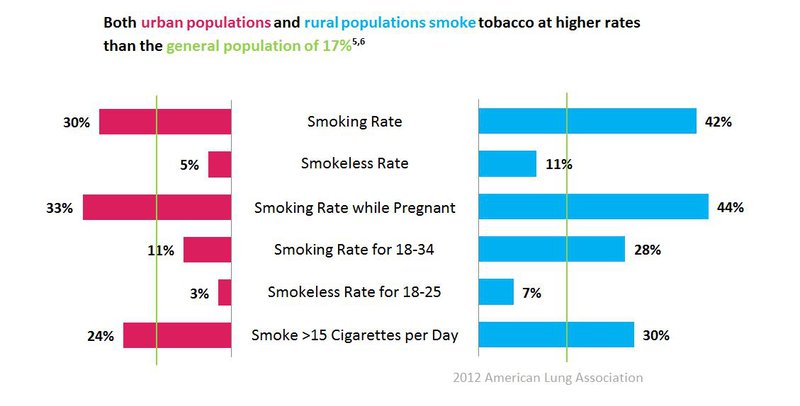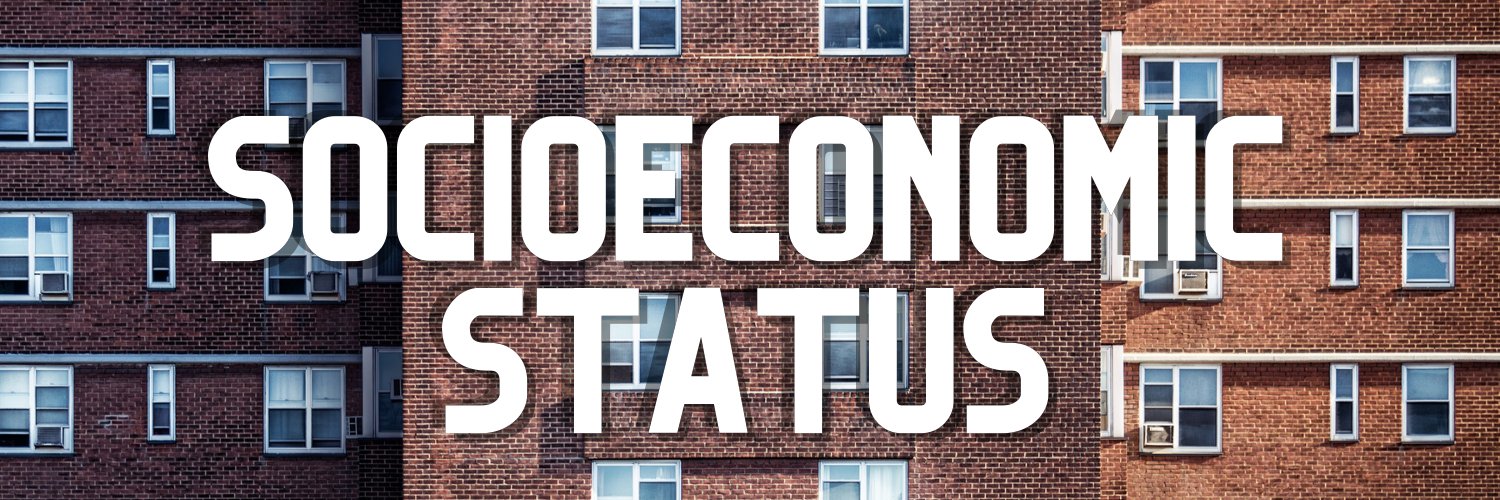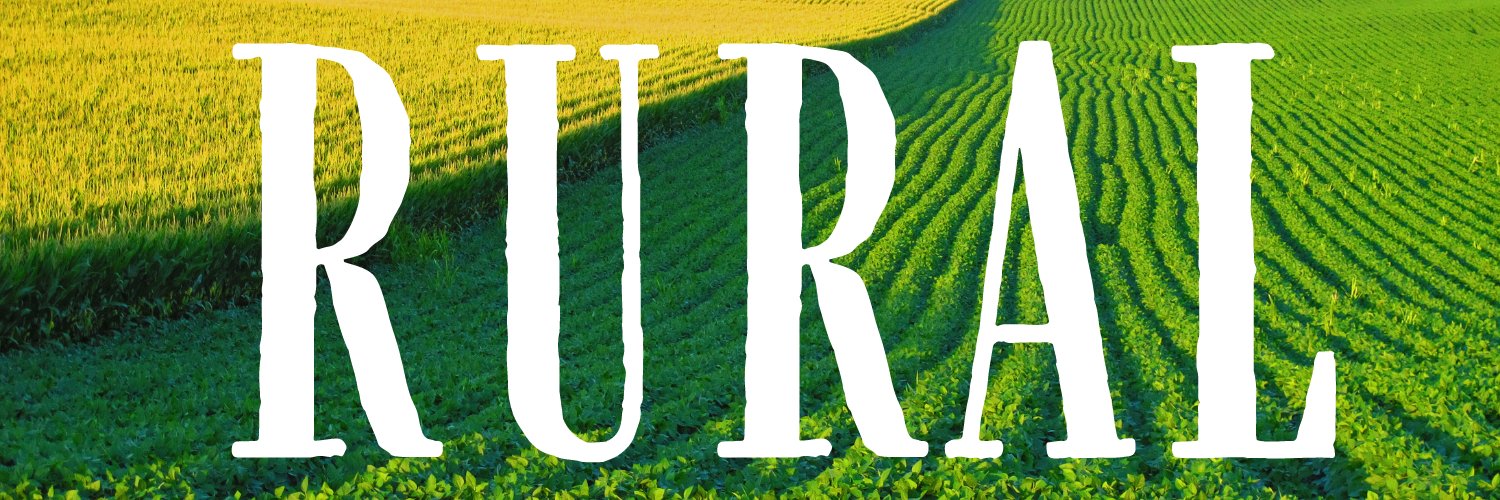Socioeconomic status (SES) is used to refer to social, economic, and work status of individuals (e.g., education, income, employment). Low SES usually refers to individuals with low educational achievement and/or low household income. These factors can form into additional everyday stresses for individuals, ultimately leading to risk behaviors, such as tobacco use. Since many individuals are without health insurance or means to pay for cessations resources, they are less likely to have the support needed to quit.1 In Wisconsin, low SES populations smoke at rates higher than the overall population.2
Low SES populations are often uninsured or underinsured, making them less likely to seek regular health care. This results in later diagnosis and fewer chances to prevent risk factors such as tobacco use or secondhand smoke exposure. Secondhand smoke exposure is a daily reality for occupations that low SES populations often work within.1

While both urban and rural Wisconsin communities face varying degrees of financial and educational hardships, rural Wisconsin has higher rates of poverty.4 Rural communities are also more likely to engage in tobacco use than their urban counterparts, especially at a younger age, as it's seen as more socially acceptable to use tobacco.5 However, both urban and rural low SES communities experience barriers such as long commutes to existing programs due to geographical distance or public transportation.5
These various challenges in urban and rural low SES communities likely contribute to the differences in smoking rates between urban and rural populations.

The CDC shares a key strategy, steep discounts, that has been used to appeal to low income women, both at point-of-sale and through direct mail. Historically successful tactics like coupons and reflecting the audience in branding have been used to make tobacco products more appealing.1

- Up Close with Tobacco and Socioeconomic Status: Fact sheet about the impacts of tobacco on those of lower socioeconomic status
- Health Equity in Tobacco Prevention and Control: Learn more about how tobacco control programs are working to achieve health equity in tobacco prevention and control
- National Network on Tobacco Prevention and Poverty: Understand more about tobacco prevention across the nation
- SelfMade Health Network: Seeking to eliminate tobacco-related disparities among the nation's most vulnerable populations
- Tobacco Use Among the Homeless Population: Learn more about the disproportionately pervasive tobacco use among the homeless population and tobacco control policy measures to address this issue
References
- Centers for Disease Control and Prevention (2016)
- Wisconsin BRFSS (combined data set for 2011-2015)
- "Impact of Socioeconomic Status on Cancer Incidence and Stage at Diagnosis" (2014)
- Wisconsin Department of Children and Families
- Disparities in Lung Health Series: Cutting Tobacco's Rural Roots (2012)
- Urban and Rural Disparities in Tobacco Use (2012)
- Advertisement Picture


